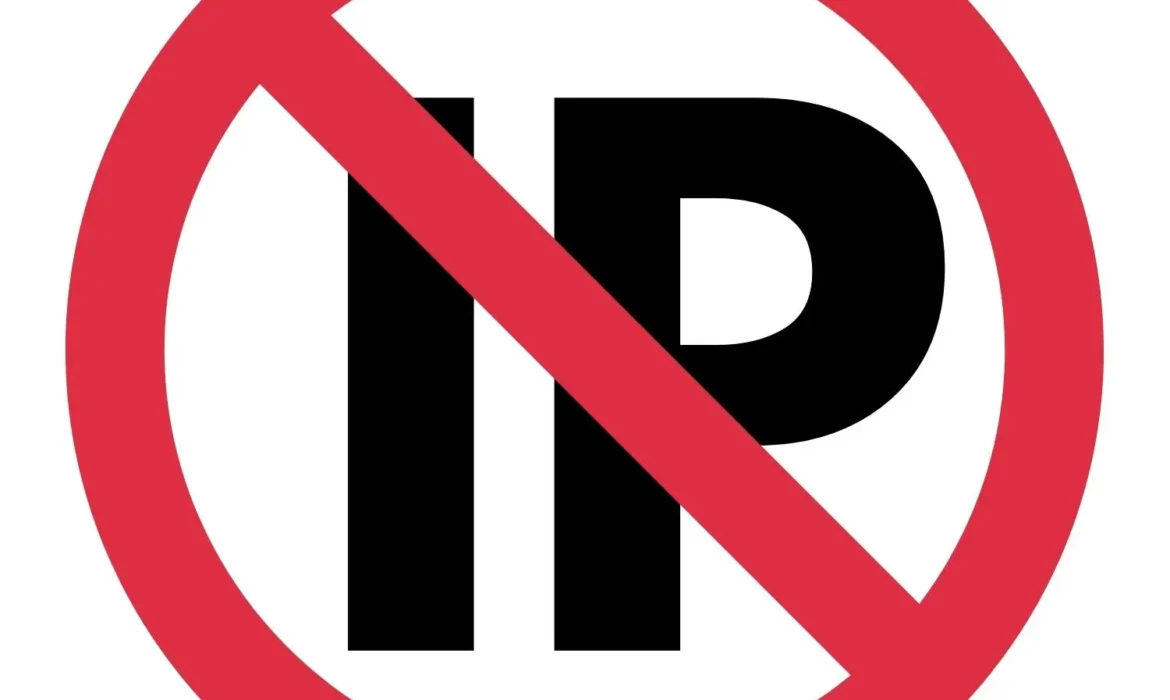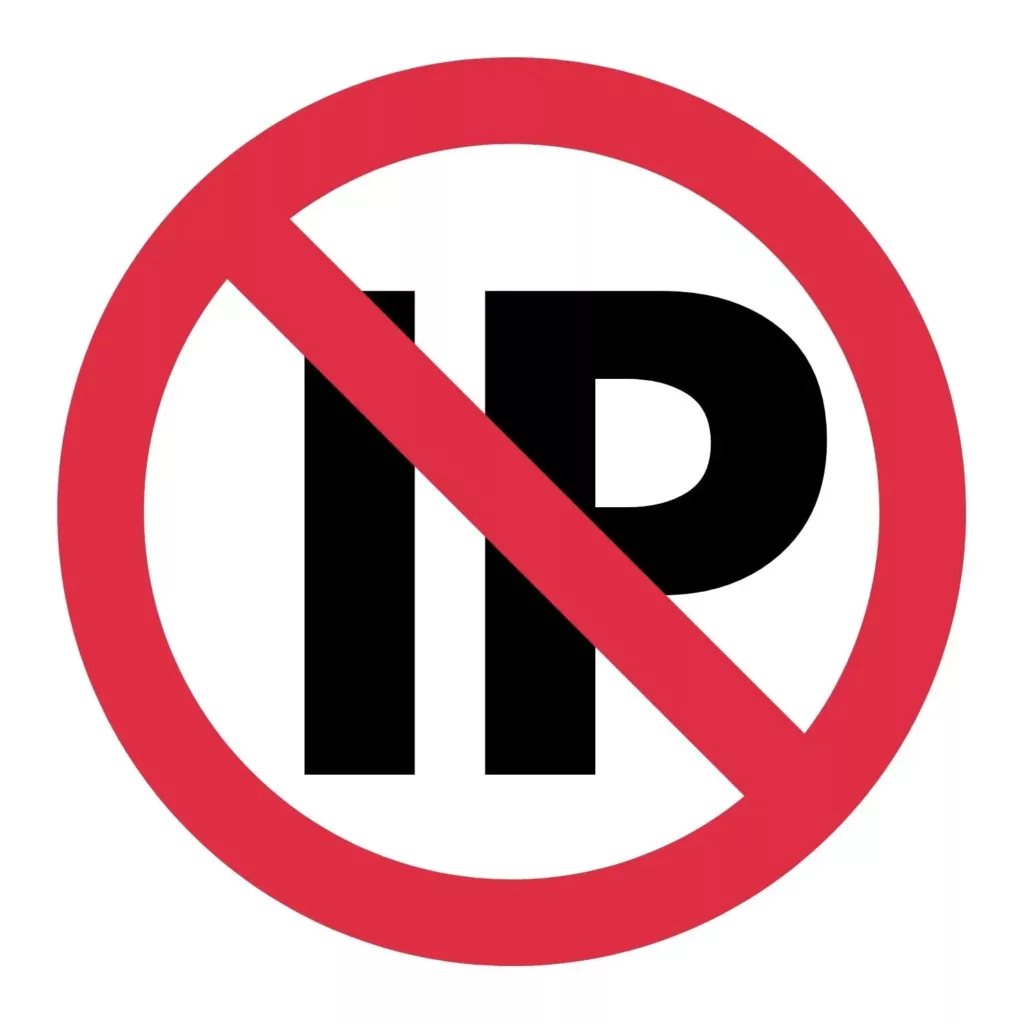
10 February 2023
What is an IP blacklist and RBL?
IP Blacklisting refers to the process of marking a specific IP address as malicious or suspicious, based on various criteria such as high volumes of spam or malicious traffic, or past instances of abuse. When an IP address is blacklisted, it is added to a database of known bad actors, and emails sent from that IP address may be blocked, filtered, or marked as spam by email servers and other network security systems.
RBL, on the other hand, is a specific type of IP blacklist. RBLs are maintained by various organizations and are used to block incoming email traffic from IP addresses that are known to be associated with spam or other malicious activities. RBLs are used by email servers to protect their users from unwanted or harmful email.
There are public RBLs like SpamHaus that anyone can use and private RBLs used by service providers link Google and they all have slightly different criteria for listing an IP address as “Spam” , but generally it is based on factors such as spam volumes, complaint data, botnet evidence,spoofed headers etc.
Issues with IP blacklisting and RBLs
Cyber criminals are always finding new ways to evade security measures, and RBLs are no exception. Some of the common methods that cybercriminals use to get around RBLs include:
- Dynamic IP addresses: Cyber criminals may use dynamic IP addresses, which change frequently, to evade RBLs. This makes it difficult for RBLs to keep up with the latest IP addresses associated with malicious activity, and allows the cyber criminals to continue sending spam or other malicious traffic.
- Compromised servers: Cyber criminals may compromise legitimate servers, and use them to send spam or other malicious traffic. If the IP address of the compromised server is not blacklisted, the RBLs may not be able to block the traffic.
- Botnets: Cyber criminals may use botnets, which are networks of infected computers, to send spam or other malicious traffic. Botnets allow the cyber criminals to distribute the traffic across multiple IP addresses, making it difficult for RBLs to identify and block all of the traffic.
- Spoofed IP addresses: Cyber criminals may use spoofed IP addresses, which are fake IP addresses that appear to be legitimate, to send spam or other malicious traffic. If the RBLs are not able to accurately identify the source of the traffic, they may not be able to block it.
- Email encryption: Some cyber criminals may use encrypted email to send spam or other malicious traffic, as RBLs may not be able to inspect the contents of encrypted emails.
Another criticism of RBL are the number of false positives they generate. RBLs rely on data from various sources and are not always accurate, which can lead to false positives, where legitimate email traffic is blocked. This can result in missed or delayed emails, and can be frustrating for users.
Modern Advancements
RBL is an older technology when it comes to detecting and blocking spam. While RBLs can be effective in blocking some types of spam, they have limitations and as discussed above. Today, there are several modern technologies that are considered to be more effective and sophisticated than RBLs in detecting and blocking spam emails. These include DMARC, A security protocol that allows email domain owners to protect their domains from unauthorized use, such as phishing and email spoofing, SPF and DKIM.
There are also modern technologies that are considered to be more effective than traditional IP blacklisting for detecting and blocking malicious or unwanted traffic, such as reputation-based filters, IDS/IPS and AI tools such as machine learning-based security systems and behavioral-based intrusion detection systems that monitor the behavior of devices and systems on the network, such as changes in network traffic patterns, to identify and block potentially malicious activity.
Another promising technology for improving the security of email communication is DANE, which is a newer technology that provides a more secure way to validate the authenticity of email sender domains and to prevent email spoofing, compared to traditional RBLs. The use of digital certificates and cryptographic signatures in DANE allows for a secure and tamper-proof record of which servers are authorised to send email on behalf of a particular domain, and this record is stored in the DNS. The issue with DANE is that it does require brands to have DNSSEC implemented, which in Australia is not widely implemented.
Summary
RBL is an older technology used for detecting and blocking spam. However, there are newer and more sophisticated technologies that are considered to be more effective in detecting and blocking spam and malicious traffic. Modern technologies are constantly evolving and improving, offering more effective and efficient ways to protect against spam and malicious traffic.
About brandsec
brandsec is a corporate domain name management and brand protection company that looks after many of Australia, New Zealand and Asia’s top publicly listed brands. We provide monitoring and enforcement services, DNS, SSL Management, domain name brokerage and dispute management and brand security consultation services.

